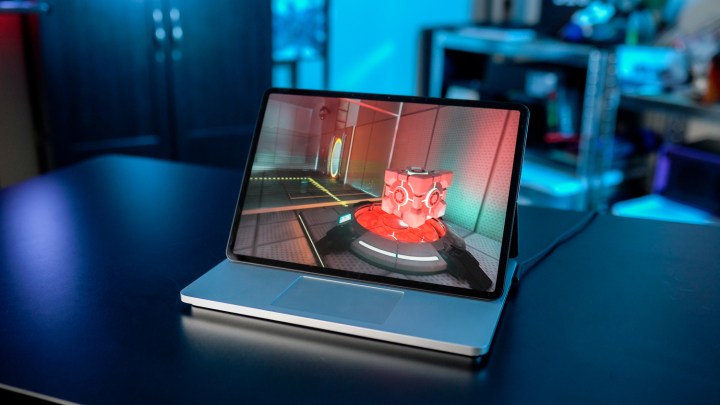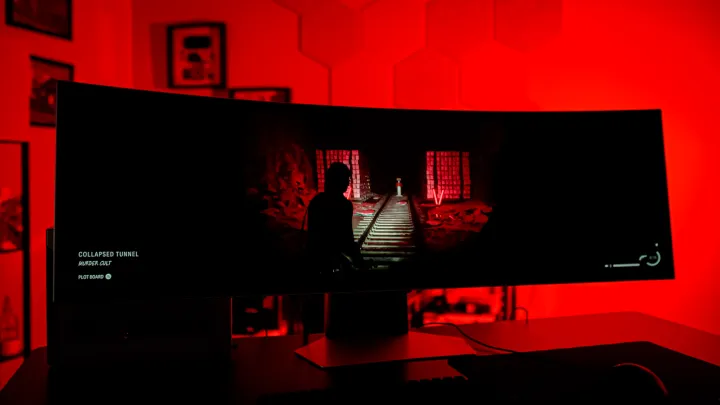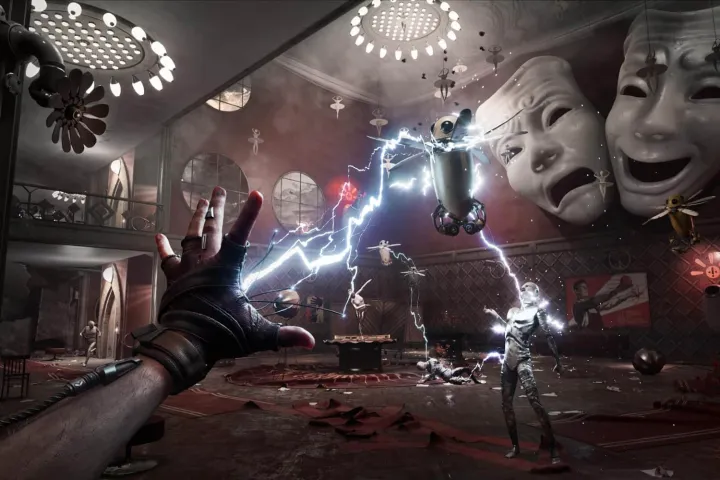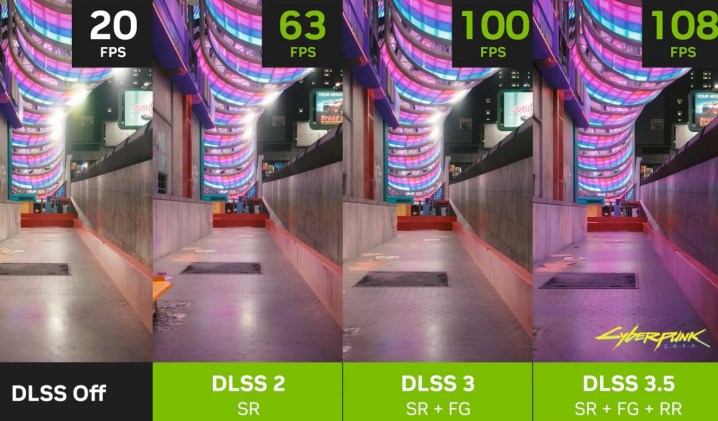Nvidia just passed a huge milestone with RTX. The feature set is now available in over 500 games or apps, which is a massive accomplishment considering how big of a controversy the RTX platform was when Nvidia introduced it five years ago. We’ve come a long way since Battlefield V and Quake 2 RTX, so it’s a good chance to look back.
There are over 500 games and apps with RTX features now, and that breaks down like this: 366 games with DLSS, 138 games with ray tracing, and 7 games with path tracing. In addition, there are 75 apps with ray tracing and 14 apps with DLSS. Out of that huge pool, here are the best (and worst) examples of what RTX has to offer for PC gamers.
The best: Portal RTX

Portal RTX was the unofficial signal of second-gen RTX tech. It’s the answer to how far RTX has come since Nvidia introduced Quake II RTX in 2019. Both are classic games, but while Quake II RTX felt like a tech demo with limited applications (especially considering the hardware at the time), Portal RTX felt like revitalizing a classic by utilizing path tracing and DLSS 3 to make an old game feel completely new.
It’s a good tech demo as well, but booting up and playing Portal RTX feels like playing a brand new game. The use of all-new materials makes Aperture Science feel like a new location, which shines all the more with the bright lights of portals in the game.
This is one of the best showcases of RTX because it wouldn’t be possible without RTX. Portal RTX is one of the most demanding games on PC, and it’s only possible to play due to DLSS 3. It’s a meeting of all of Nvidia’s RTX tech to create a new experience out of an old game, and that’s the perfect encapsulation of the feature set.
The worst: Final Fantasy XV

Nvidia proudly markets some of the early DLSS games like Control and Shadow of the Tomb Raider now that they’ve been updated with new versions of the upscaling tech. Final Fantasy XV has been swept under the rug, though, and for good reason. At the time, it was mighty impressive to see an image reconstruction technique that didn’t look terrible. By today’s standards, Final Fantasy XV can’t hang.
It still uses DLSS 1.0, which utilized a model that required per-game training. It was also subject to more artifacts that don’t show up in newer versions of DLSS that use a generalized AI model. In Final Fantasy XV, that showed up as flickering and instability in the image, even compared to normal temporal anti-aliasing.
DLSS hadn’t quite gained the pedigree for performance improvements when Final Fantasy XV was introduced, either. It showed performance improvements on RTX 20-series GPUs, but nowhere near on the scale of the jumps we see with modern implementations of DLSS. Most disappointing is that we never got an update to DLSS in Final Fantasy XV.
The best: Alan Wake 2

I’ve never seen a game more beautiful than Alan Wake 2. It’s one of only two titles using Nvidia’s DLSS 3.5 right now, which not only provides upscaling and frame generation, but also an AI-driven denoiser that makes path tracing in the game look stunning.
It’s a game that looks so stunning due to the lighting. If you zoom in on individual character models, they look good, but it’s the glimpses of light in a scene that stand out — how you can see reflections on a doughnut display case, or how red light bounces off the damp hair of your character.
Alan Wake 2 is very demanding, due in no small part to the path tracing it implements. It’s one of the prime examples of how this demanding rendering technique can pay off, though, and at acceptable levels of performance due to DLSS 3.5.
The worst: Atomic Heart

Atomic Heart is, by definition, not one of the worst showcases of RTX tech. And that’s because it doesn’t have much RTX tech. Nvidia showed off Atomic Heart when it introduced the first RTX GPUs in 2018, but the game didn’t arrive until 2023. Despite being the poster child for ray tracing for five years, the game launched without any ray tracing.
Worse, the game launched without so much as a peep from the developers or Nvidia. It was a game paraded around for years as a reason to buy an RTX GPU, and it arrived without that feature. It still included DLSS 2, but that’s not how Atomic Heart was billed.
It’s probably best to forget this one ever happened, anyway. Even months after releasing, the game still hasn’t received an update for ray tracing, and it even ripped music from the soundtrack of the 2018 film Annihilation without any credit. Not a good look for Nvidia or the developers.
The best: Minecraft RTX
If you want to see what ray tracing can do for a game, turn ray tracing on in Minecraft. It feels like you’re playing a completely new game. The voxel-based world specifically known for not looking like a modern game suddenly comes alive like some sort of ray-traced masterpiece.
It’s not just a switch for ray tracing, either. Minecraft RTX includes a physically based rendering (PBR) system, so materials in the world react to light realistically. You can even bring your own textures into the game with ray tracing enabled.
Minecraft takes to ray tracing so well because it’s somewhat of a blank canvas. It’s not trying to have reflections, clear shadows, or god rays, giving RTX tech a clear path to shine.
More to come

I wanted to touch on three highlights and a couple of misses for RTX over the past several years, but there are dozens of other examples of great-looking RTX games. Cyberpunk 2077, Metro Exodus, and Marvel’s Spider-Man come to mind, but there are tons of other games that look great with RTX features turned on.
This certainly isn’t where the train stops, either. With ray tracing in consoles, and even on the iPhone 15, we probably have hundreds of games packing RTX tech coming up as Nvidia works its way to 1,000.
Editors' Recommendations
- I traded the best gaming monitor for something totally different
- The best PC gaming hardware of 2023: GPUs, CPUs, monitors, and more
- This might be why the RTX 4090 is getting so expensive
- I built the best gaming PC in the world — and it wasn’t worth it
- Upgrade your PC or start from scratch? Here’s our definitive guide on the question




